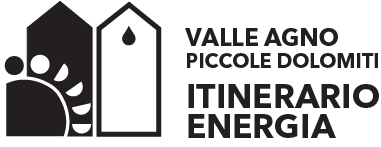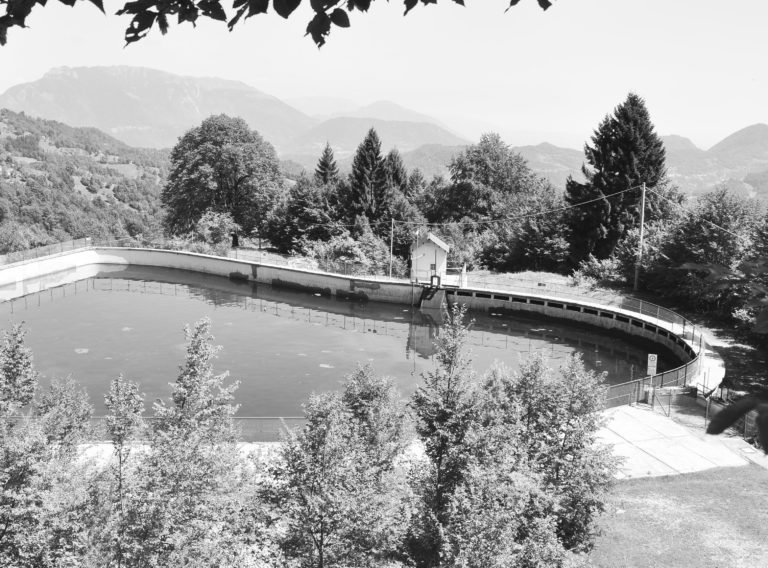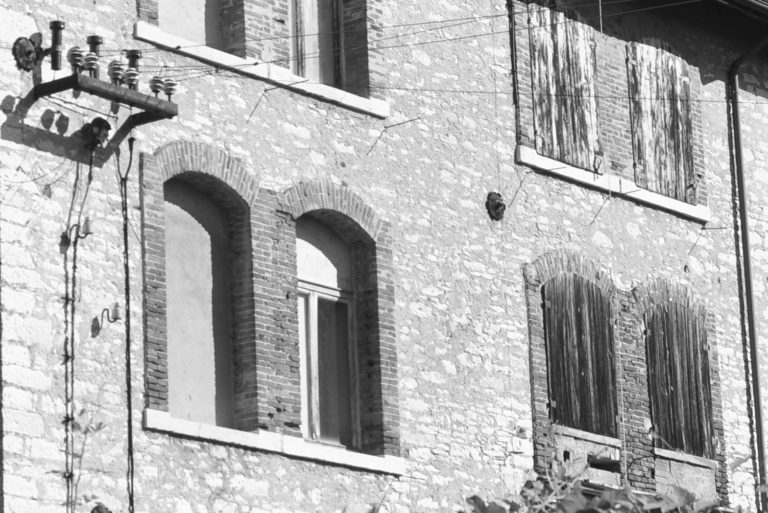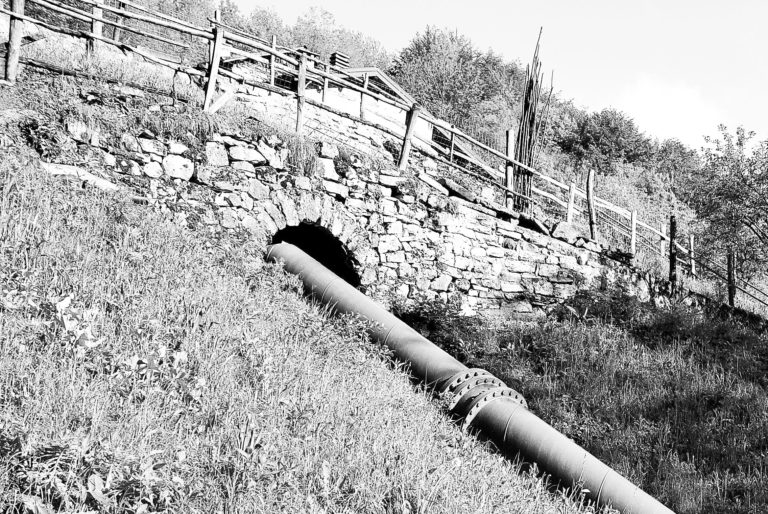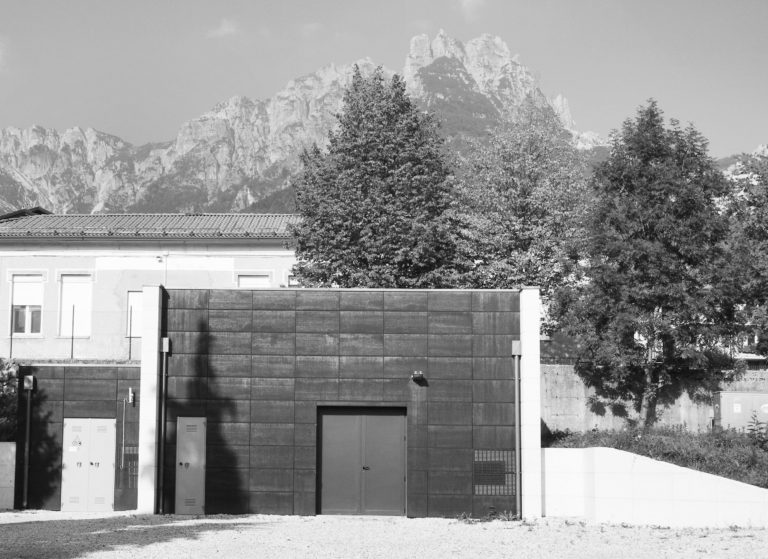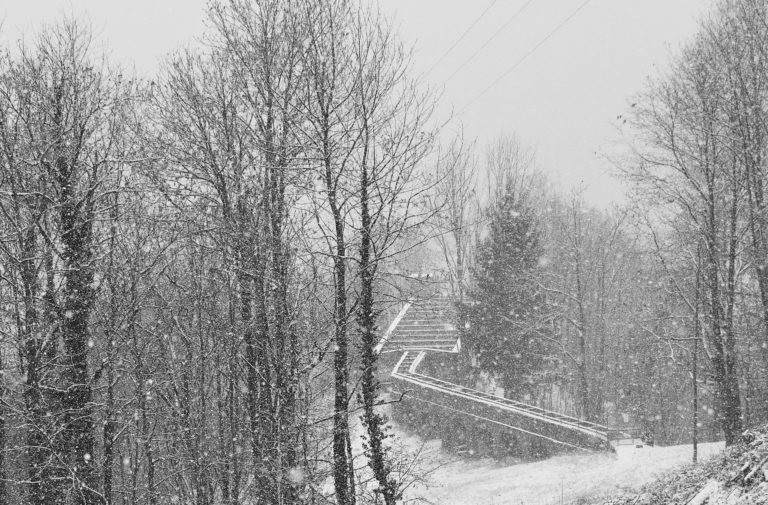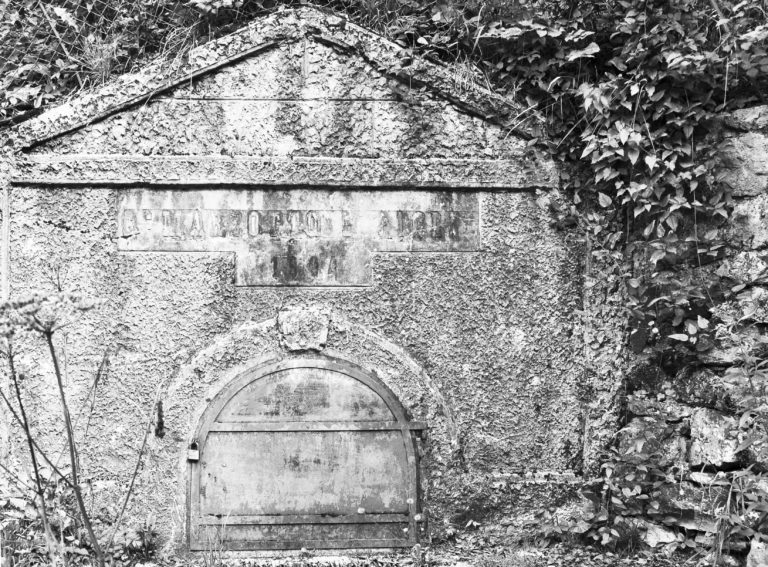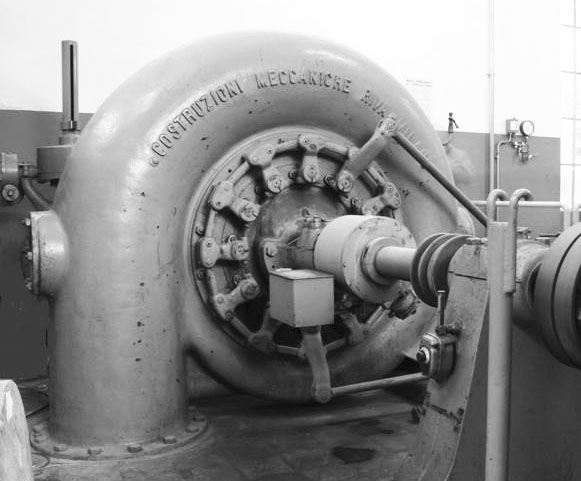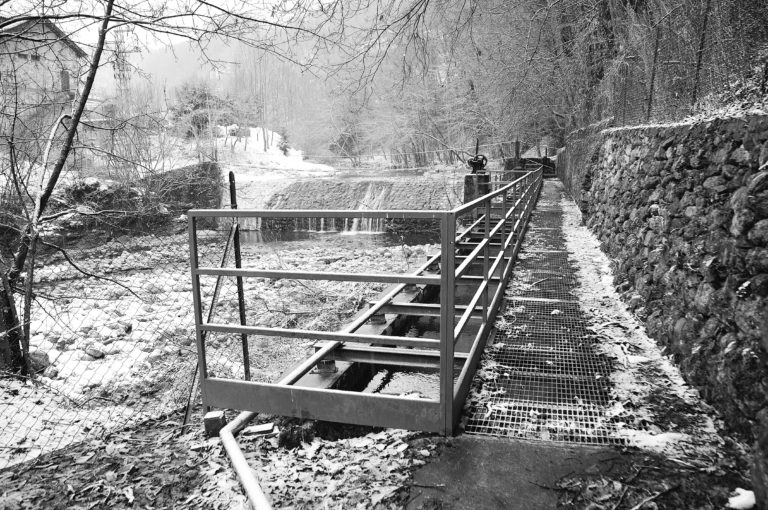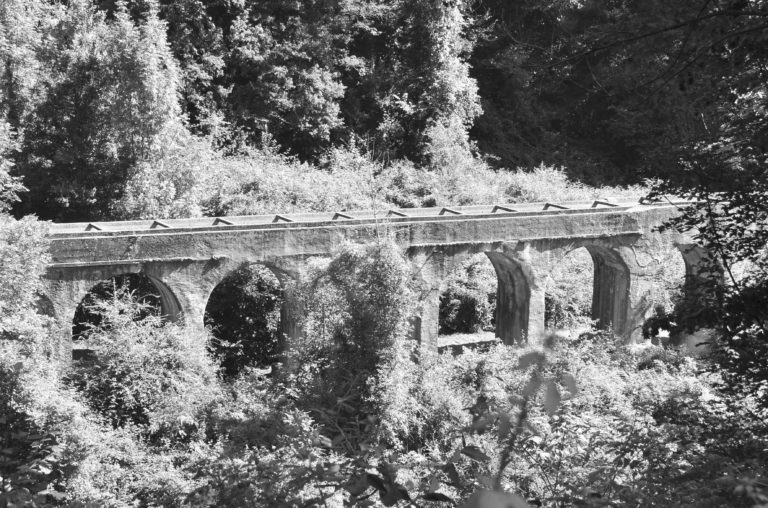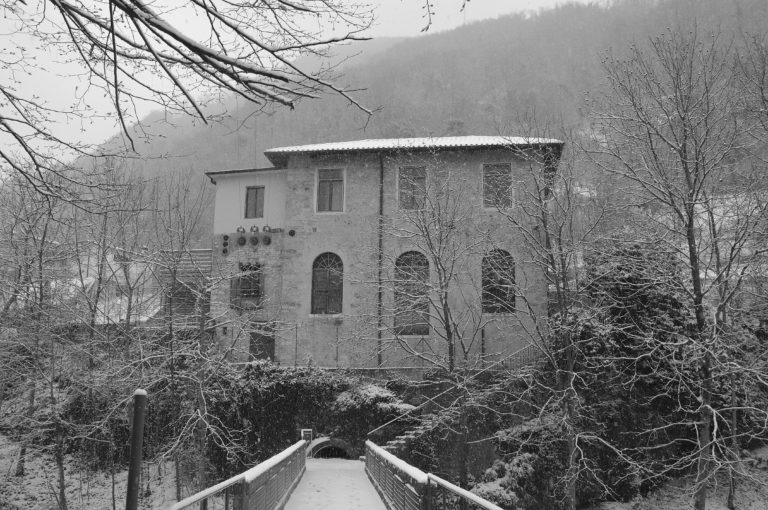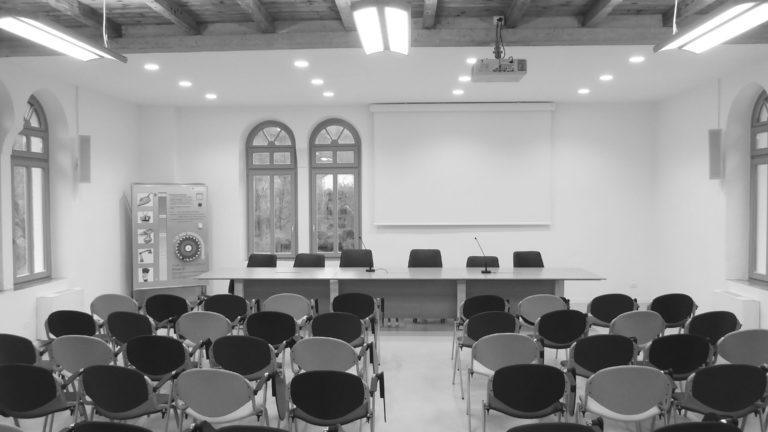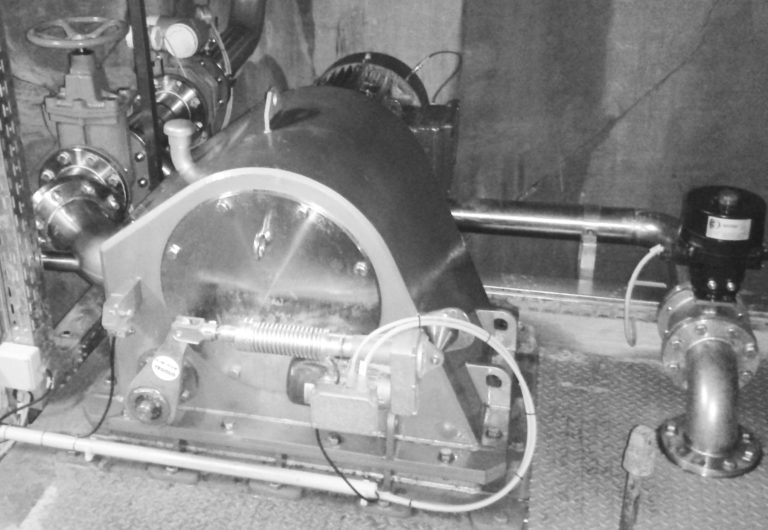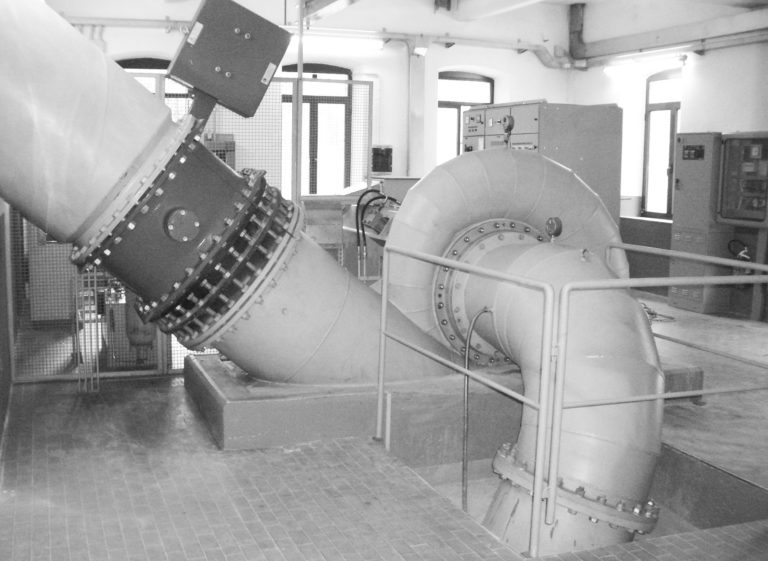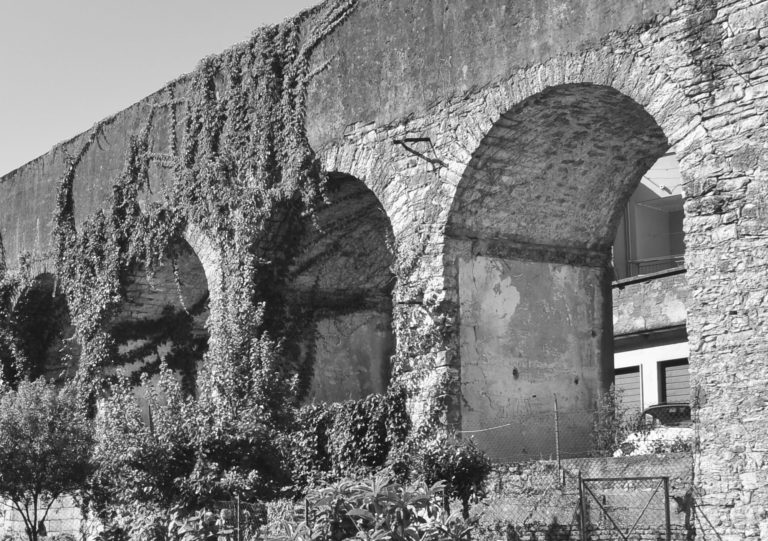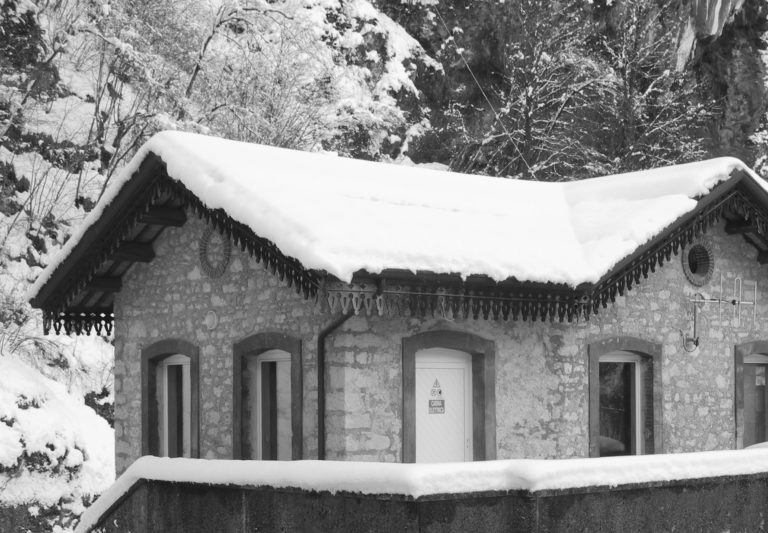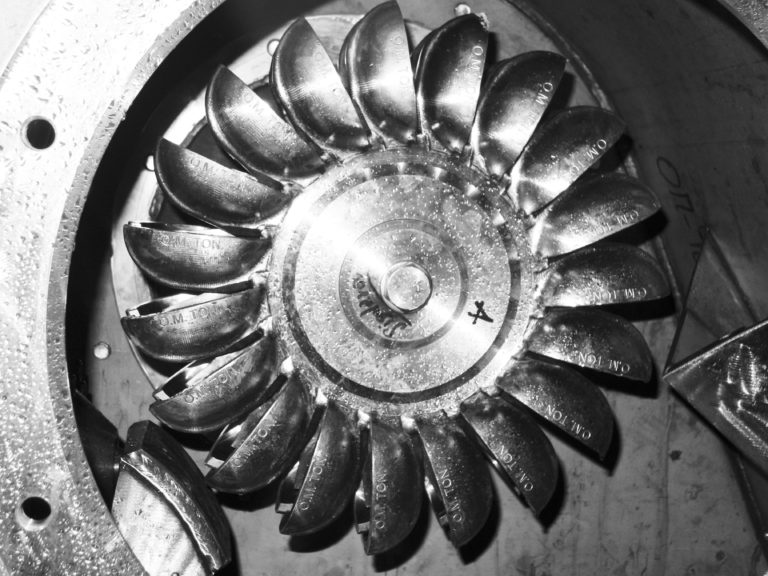History
The Agno Valley has always seen linked territory, water and energy.
The water of the Agno river and of its tributaries has animated for centuries the mills, the hammers, the sawmills, the grindstones that have studded this territory. Not only: it has also assumed an important touristic-thermal value with the sources of Recoaro.
The history of the use of water resources in the territory, however, knows an important qualitative leap with the interventions made by the Marzotto Wool Mill, between the end of the nineteenth century and the first decades of the twentieth century.
…A real energy strategy, carried out above all by the engineer Alessandro Marzotto, which culminated in the construction of hydroelectric plants in the upper Agno Valley. Marzotto initially focused his attention on the Valdagno and Maglio di Sopra irrigation ditches, which he modified in order to more conveniently exploit the water jumps for the two factories of the wool mill. But the increasing need for energy led him to exploit also the water further upstream, from San Quirico to the mountains of Recoaro Terme.
During the first two decades of the twentieth century, Marzotto secured the rights to use the water in the area, obtained the concessions for new derivations or to enlarge the already existing ones, purchased the old factories in the area (sawmills, mills, hammers) marking their end, restructuring them thoroughly to place the new turbines. In this way, he assured the wool mill an indispensable resource for its development: energy.
By the middle of the Twenties, the project was completed: 14 power plants had been built. Eight of them were in the territory of Recoaro: Gazza, Richellere, Frizzi, Bruni, Margherita, Ponte Verde, Facchini and Righellati. The remaining six were in the Municipality of Valdagno: Seladi, Torrazzo, Marchesini, Maglio, Corè and Valdagno (the last and the third-last one were located inside the same factories of the company).
These structures were, and still are, conceived and organized according to a drop system, so that the collected water is never dispersed after the exploitation of a jump, but it is conveyed, through appropriate intakes, in the derivative channels of the following plant.
The total development is about 21 km of channels, for about 10 km of Valley. More than half are covered. Each power station houses one or two turbines inside and often a room used as an apartment for the worker / guardian of the plant. Remarkable hydraulic and architectural works are above all the loading basins, the canals, the tunnels between the valleys, the viaducts to overcome the roughness of the ground, the canal-bridges on the Agno and on the tributaries, the long pipelines that bring the water to the turbines.
Disposed of by the company in the early 2000s, these were sold to Impianti Agno and Eusebio Energia. The two companies have begun major renovations, continuing the history of water as a source of energy in the upper Agno Valley area. A panorama that has recently expanded with the construction of three more small power plants in the aqueduct.
A journey over a century long, where territory, water and energy come together.
Learn more about the energy route
Read historical and technical information, pictures, and find out how to visit the iitinerary power plants.
